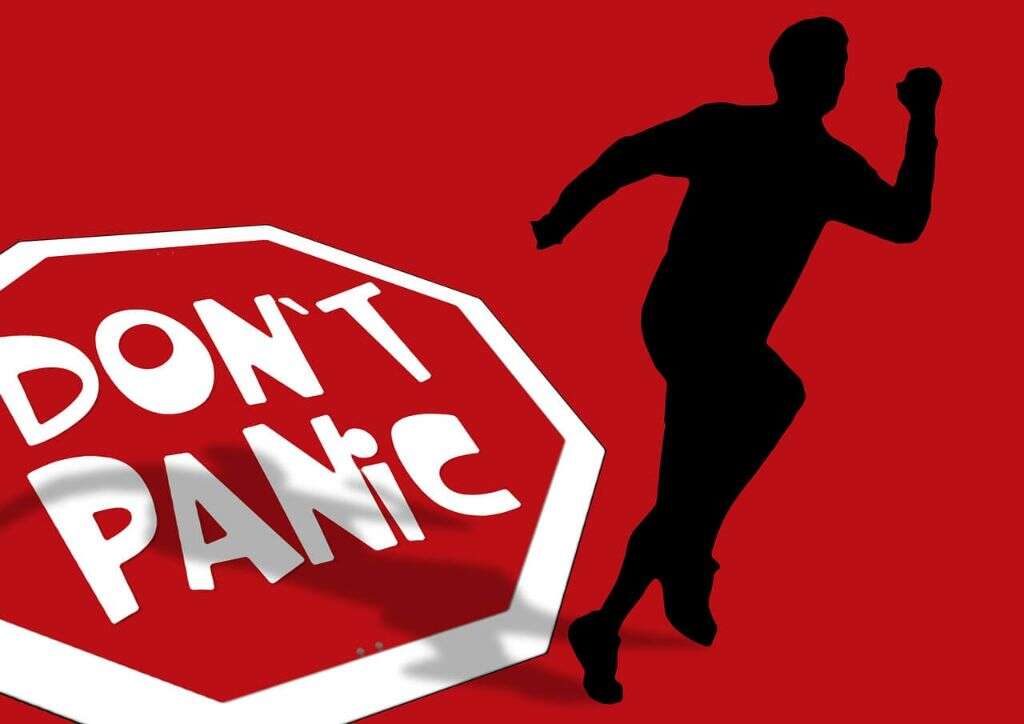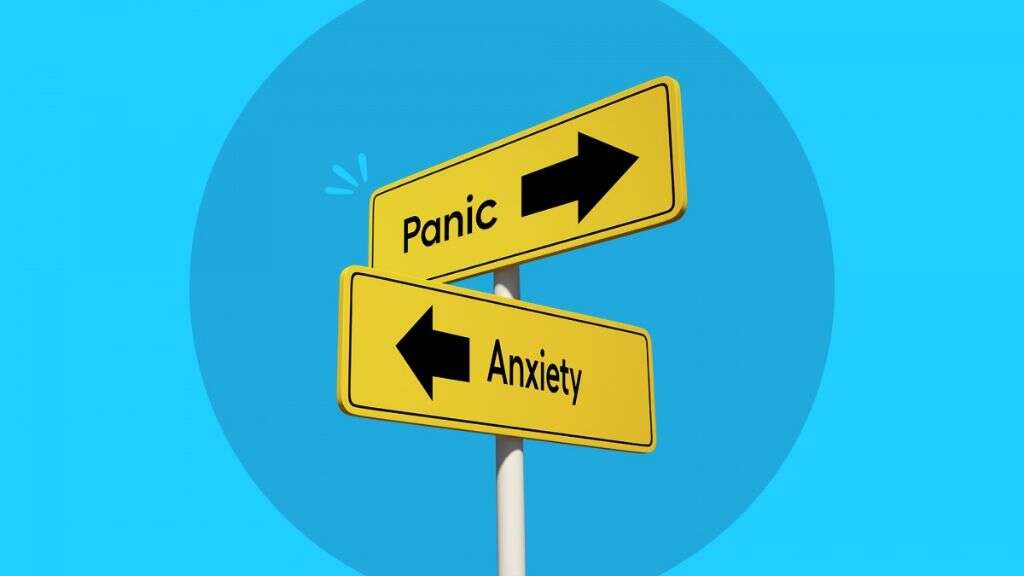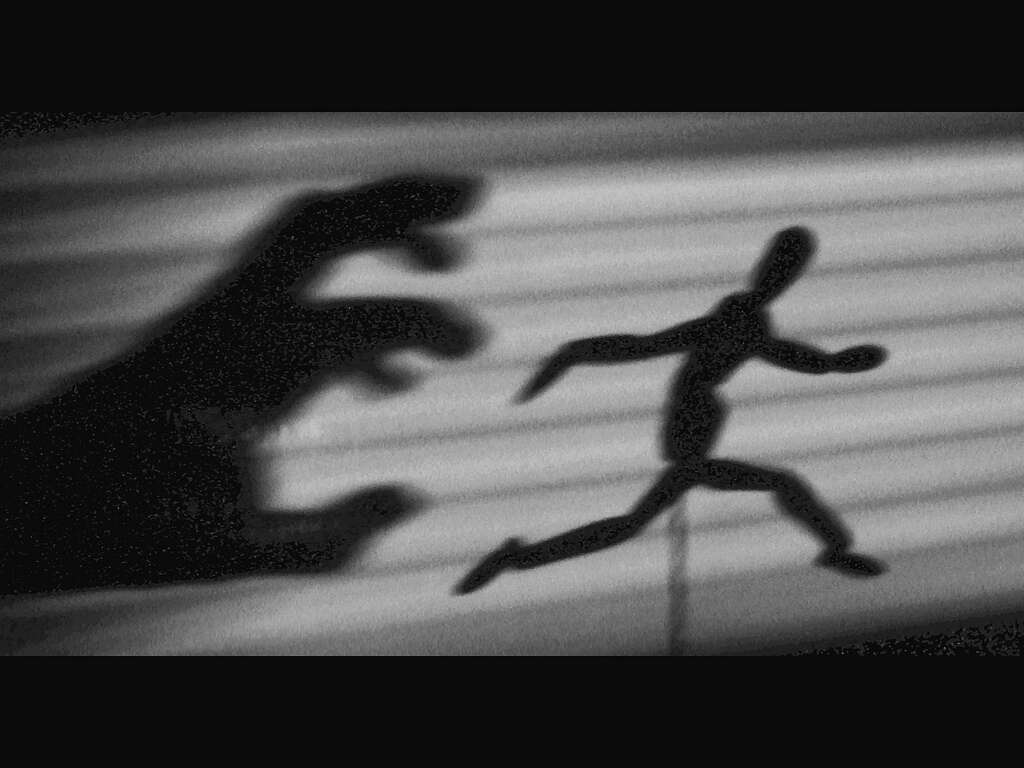What Is a Panic Attack?
A panic attack is a frightening event that includes physical reactions and intense emotions. Depending on the severity of the attack, individuals may feel they are dying or having a heart attack. Some occurrences are caused by a cued event while others are unexpected.
Learn more about the common physical signs, emotional symptoms, treatment options and risk factors of panic attacks. Whether you or a loved one has experienced a single panic attack or undergone repeated episodes, discover treatment options that can reduce the severity and frequency of these bouts.

1. What Are the Physical Symptoms of a Panic Attack?
While most panic attacks are characterized by emotional episodes, there are many physical symptoms that may be present. Look for signs of chest pain, hot flushes, sweating, tingling or numb sensations, nausea or shortness of breath.
Many of the signs of panic attacks are similar to signs of a heart attack. Treat these symptoms as serious until a medical professional has ruled out other medical conditions. Panic attack physical symptoms may mirror a heart attack, but they don’t typically represent any danger to your heart health.

2. What Does a Panic Attack Feel Like?
Emotionally, a panic attack can be a terrifying experience. Many individuals are overwhelmed with intense feelings of fear, panic or anxiety. While panic and anxiety attacks are different conditions, they have similar sensations and symptoms. Explore the differences between the two to understand the unique features of a panic attack.
Some individuals experience feelings of danger and doom. A panic attack can also give the impression of detachment from reality. The severity of panic attacks can vary dramatically, so these symptoms can differ. Severe panic attacks cause individuals to feel they are dying or experiencing a severe injury.

3. How Are Panic and Anxiety Attacks Different?
A panic attack is a recognized disorder in the DSM-5. Anxiety attacks, on the other hand, aren’t recognized as a psychiatric disorder. This doesn’t make anxiety attacks less serious, but it can be more difficult to find a diagnosis or treatment option.
Typically, an anxiety attack includes feelings of fear and worry. Although physical symptoms are often similar to both conditions, a panic attack tends to include more feelings of alarm, hopelessness and doom. While panic attacks are more likely to be uncued, anxiety attacks are often cued by a specific event or memory.

4. What Causes an Attack?
Many situations and life events can trigger a panic attack. Some episodes are uncued, which means there are no obvious causes. Understanding the common sources of an attack can help prevent a future episode.
Most triggers include an element of fear or stress. An upsetting situation at work, uncomfortable social situations, encountering a phobia or dealing with chronic pain are all common causes. Drugs, alcohol, caffeine and certain medications can also increase the risk of a panic attack. In some instances, a chronic illness, such as asthma, diabetes or heart disease, can provoke an episode.

5. How Common Are These?
A number of related panic and anxiety disorders can affect daily life. Approximately 3% of Americans experience some form of panic disorder. These complaints may include panic attacks or other episodes. Panic attacks are more common in women than in men.
Attacks can last between five and 20 minutes. In rare cases, a single episode can last up to an hour. They typically only occur once or twice a month, but some individuals experience panic attacks multiple times each week. The severity can be linked with the frequency of the cued event. For example, high levels of stress and anxiety at work may increase the risk of panic attacks more than stress that is related to occasional social gatherings.

6. How Are They Diagnosed?
The first step in diagnosing a panic disorder is ruling out other medical conditions. Your doctor may recommend a physical exam, heart test and blood tests to rule out a heart attack or other problem. Once this is done, a psychological evaluation can determine whether you’re experiencing a panic attack or other disorders.
The DSM-5 lists three points for diagnosing panic attacks. First, the attacks need to be frequent and unexpected. Second, they are typically followed by a month or more of continual worry about the cued event or the risk of another attack. Finally, panic episodes caused by drug use or medical conditions aren’t considered a panic disorder.

7. What Are the Risk Factors?
Because many panic attacks occur with no cued event, it’s impossible to completely avoid the risk of experiencing one. There are, however, some common risk factors to stay away from in order to reduce the chance of another episode.
Individuals who experience childhood trauma, go through a stressful life event or take on an overwhelming amount of stress and responsibilities at work are the most likely to experience a panic attack. A family history of anxiety or chronic health conditions also increases your risk. If you’re living in a chaotic or stressful situation, taking active steps to reduce this stress can decrease the risk of an episode.

8. Are There Any Medical Treatment Options?
Some individuals find success in limiting or preventing panic attacks through medication. Talk to your doctor or mental health professional about medical treatment options. Medical treatments typically involve medication combined with psychotherapy.
Common medications for panic attacks include antianxiety drugs, benzodiazepines and antidepressants. Each of these drugs comes with their own side effects, so discuss these completely with your doctor before use. Since your treatment plan may change over time, continue to visit your doctor or therapist for more information.

9. What Lifestyle Treatment Options Are Available?
Whether panic attacks are caused by stressful situations or generalized anxiety in your life, there are typically lifestyle choices you can make to limit the severity of an attack or prevent it altogether. Find ways to reduce the anxiety and stress in your life.
Start by identifying and stopping negative thoughts or actively avoiding stressful situations. A balanced diet, decreased alcohol and caffeine use and calming exercise activities can all reduce the risk of a panic attack or panic disorder symptoms.

10. Are There Any Related Disorders?
There are many medical problems and panic disorders that are related to panic attacks. An episode can be caused by, or increase the risk of, heart disease, thyroid problems and diabetes. Fears about chronic health conditions can cause a panic attack, so it’s important to speak to your doctor about healthy coping mechanisms when dealing with a health problem.
Individuals who experience a panic attack may also encounter another panic or fear-related disorder. These can include phobias, depression, anxiety and thoughts of suicide. Talk to a doctor immediately if you or someone you know may be experiencing panic attacks.











